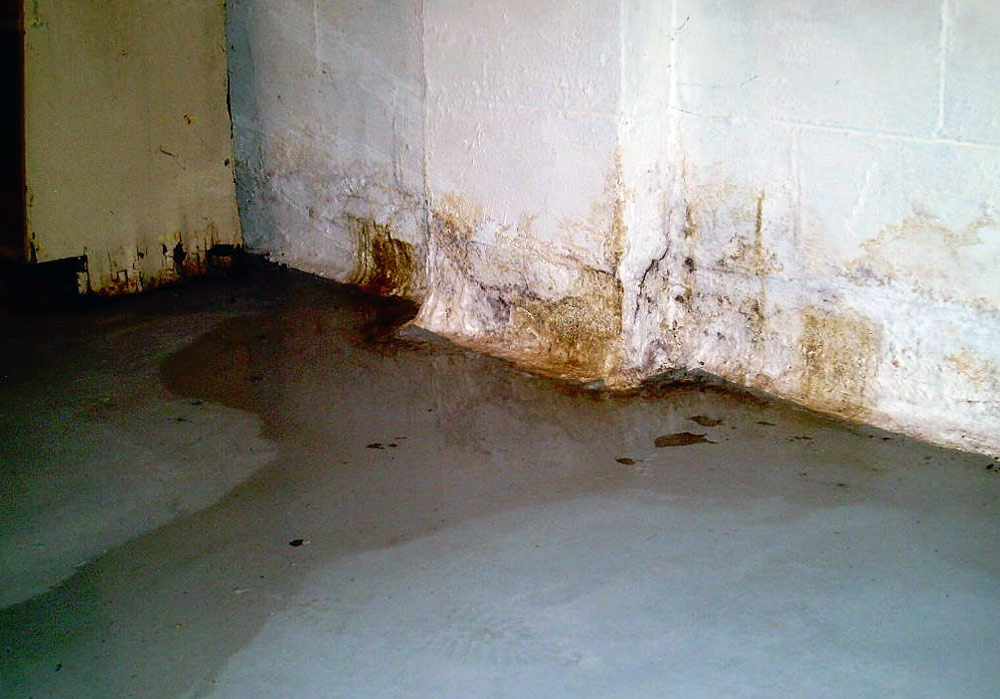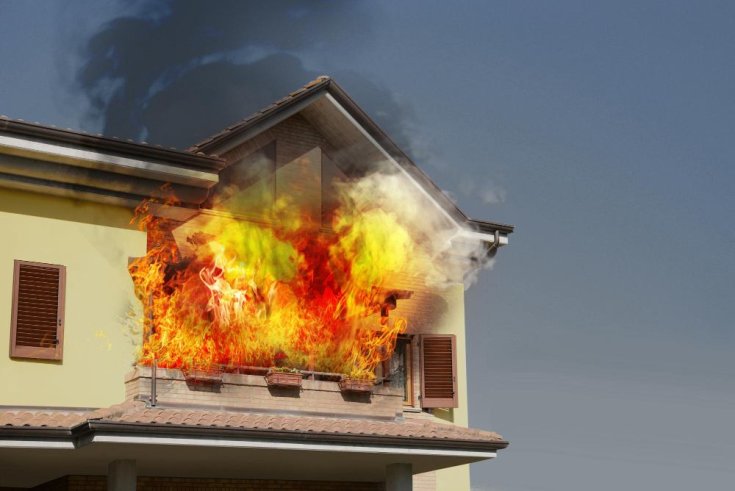404-900-3852
15-45 Minutes Response Time
404-900-3852
15-45 Minutes Response Time
As the lowest-lying part of the home or building, basements are especially prone to water damage. According to industry estimates, 98 percent of basements will experience some degree of water damage. To make matters worse, water damage cleanup in a basement is especially challenging and the water damage can add up to thousands of dollars – and more if there is expensive equipment, appliances, and furniture there. The good news is that there are a host of preventative measures you can take to protect your basement from water damage.


How To Prevent Water Damage from Leaking Appliances Water damage from leaking appliances can wreak…
 December 11,2023
December 11,2023

Precautionary Measures to Prevent a Fire on Your Home Home and business fires are awfully…
 December 06,2023
December 06,2023
In this brief article brought to you by Tidal Wave Restoration, we offer some tips to prevent extensive water damage in your basement. If the damage is done and you are looking for professional water damage restoration, then call the specialists at Tidal Wave Restoration for emergency assistance. We are ready when you are.
Let’s work our way in from the exterior, beginning with the drainage system. If you haven’t already, then make sure your property has proper grading that leads rainwater away from the foundation of your building. If this is not feasible, then install a functional gutter and downspout system integrated with a subsurface drainage system to divert excess water from the surrounding soil. Drainage systems include French drains, trench drains, catch basins, and dry wells.
On a similar note, ensure your landscaping promotes healthy drainage. We’ve already mentioned the importance of grading, or sloping, the ground away from the foundation of your building. Another recommendation is to use porous materials for walkways and driveways. Plants and bushes along the basement walls can also help absorb excess water and moisture. Be careful with long-rooted shrubs and trees though. You want to plant these a safe distance away from the water line and sewer line. Relocate existing trees if they are too close, if possible.
We’ve worked our way to the basement walls. Apply waterproof coatings or sealants on basement walls and floors to prevent water from seeping in from the soil. As for the windows, regularly check and maintain the seals around windows. Weatherstripping and caulking can deteriorate over time, and its important to replace worn-out seals sooner rather than later. If you have window wells, make sure they are adequately drained. Storm shutters and window coverings can add an extra layer of protection.
A sump pump is a device installed at the lowest point of the basement. The grading of the basement leads water into the sump pit, where the water will collect. When the water level reaches a specific level, the pump will activate and discharge the water away from the property. Test the sump pump once a season, or twice during storm season, by pouring a bucket of water into the sump pit. Repair or replace the sump pump if it is not working.
It’s practically impossible to completely prevent water damage in basements. If the damage is done, and you live in the Metro Atlanta area, then call Tidal Wave Restoration to request urgent water damage cleanup or a water damage restoration in Cumming. Time is of the essence, and our specialists are on standby to take your call today.